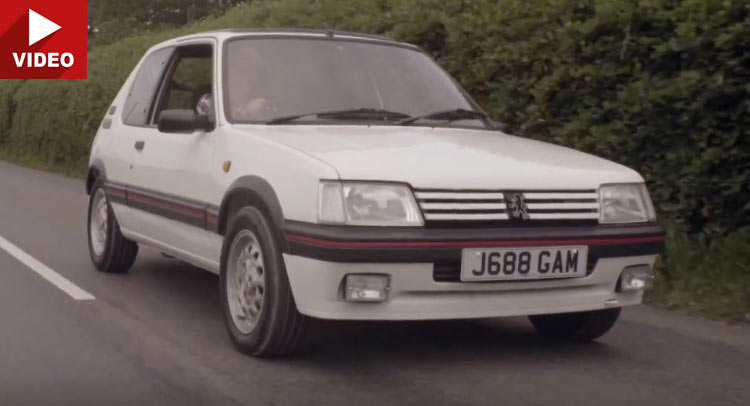It’s been both a blessing and a curse for its maker, this little car. On the one hand, it made such an impact that, 30 years on, it is still cherished by car lovers. On the other, Peugeot has taken lots of heat for failing to provide such thrills since.
This, the French company is fully aware of; when we drove the 208 GTi, back in 2013, they all but tattooed the phrase “spirit of the GTi” on our hands, lest we forget it was supposed to channel its ancestor. It didn’t’, but it was the best effort in… well, three decades.
Judging by sheer numbers alone, the 105 PS (104 hp) output of the 205 GTi 1.6 looks laughable by today’s standards. This stands true even for the 1987 update, that added 12 PS (11 hp), and the 128 PS (126 hp) 1.9-liter version that joined it in a couple of years later, in 1996.
Even so, it vied with the Golf and the Renault 5 GT for top honors. For enthusiasts, it was the better choice for its precise steering and informative and lively chassis that was joyfully adjustable in corners, even if it sometimes became a handful should you lift your right foot at the wrong moment.
Can’t help but notice the irony of it featuring a fully independent rear suspension, comprised of a torsion bar and trailing arms, when the 208 has a torsion beam…
That was then, all paper-thin body panels, no power steering, no ABS (they both became optional much later), no electronic stability control or airbags. Not even power windows or rear disc brakes on the 1.6 – they were “reserved” for the 1.9.
The latter is more distinguishable from its 15-inch Speedline alloys; the 1.6 had to do with 14-inch ones. In spite of being less powerful, its all-aluminum engine is more rev hungry than the, admittedly torquier, 1.9. That much is pretty obvious in the following video: the car’s owner is one happy clam, power windows or not.



